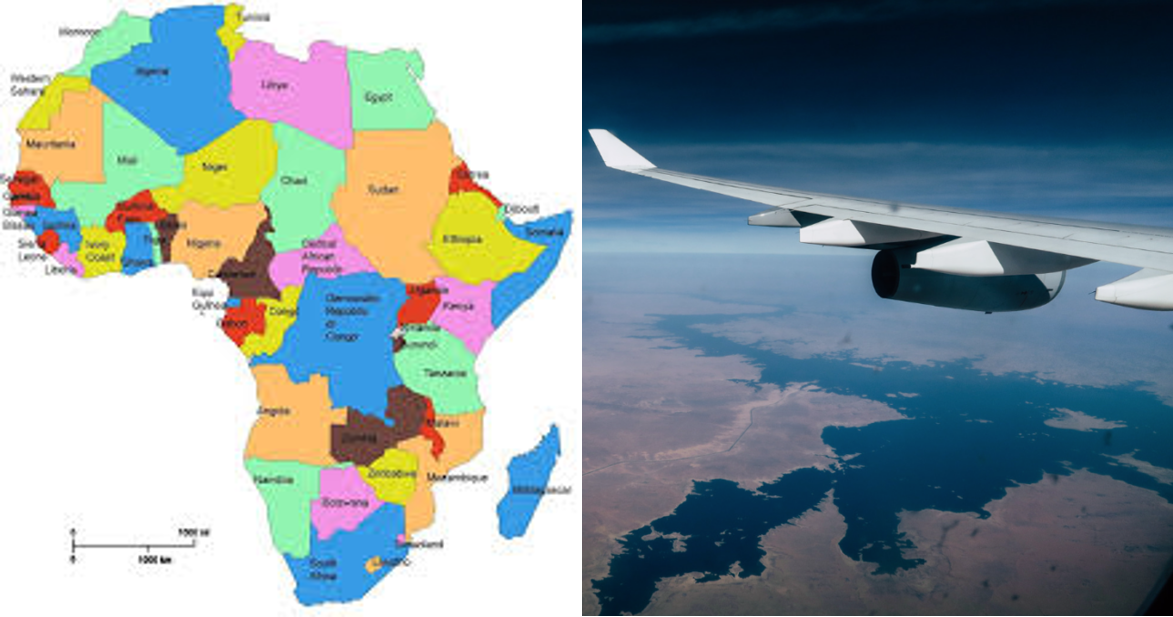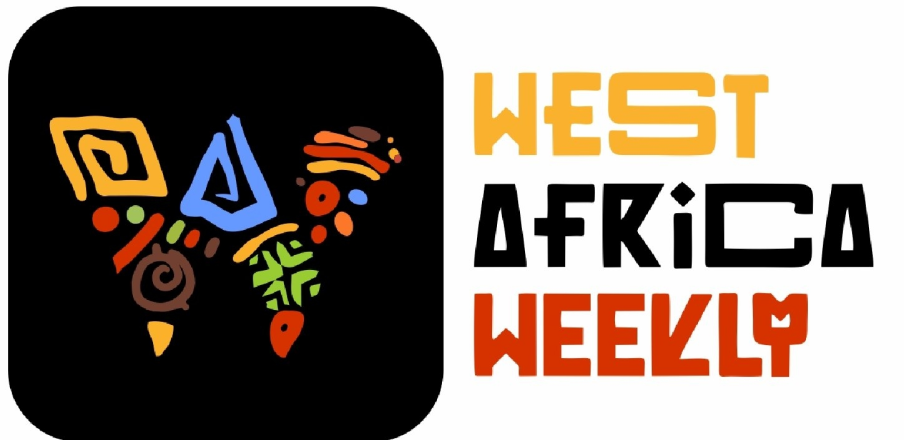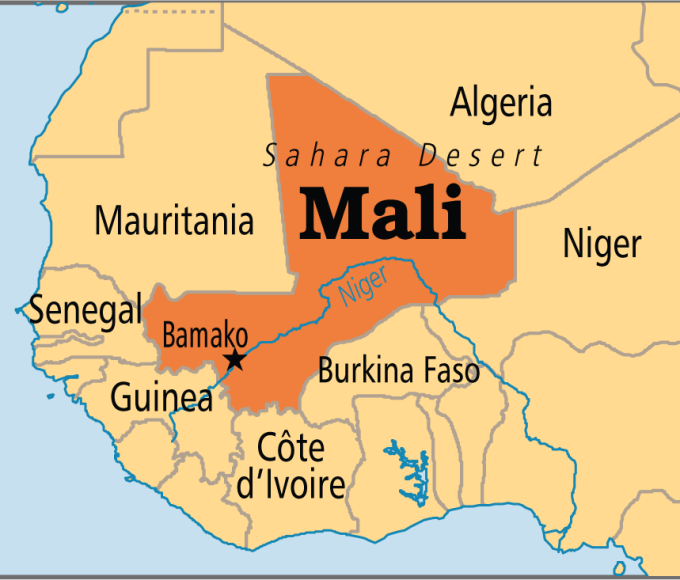
Intra-African Flights Remain Among the Most Expensive Globally, Frustrating Travellers and Hindering Trade

Travellers across Africa continue to face soaring ticket prices when flying between neighbouring countries, making the continent one of the most expensive regions in the world for air travel. There have been concerns about the long-standing issue, which they say is stifling economic growth, regional integration, and tourism.
Despite various initiatives aimed at liberalising air transport in Africa, flying from one African capital to another often costs more than flying to Europe or the Middle East. A round-trip flight from Nairobi to Lagos, for example, can cost upwards of $800, while a similar-distance flight in Europe would typically be less than half that price.
A significant reason is the historical reliance on European air corridors, a legacy of colonial aviation networks that centred around European capitals. Many African airlines still operate using these outdated models, where flying through hubs like Paris, Frankfurt, or Istanbul is easier than accessing a direct intra-African route.
A 2024 report noted that intra-African airfares are, on average, 30 per cent to 50 per cent higher than global averages for similar distances. The reasons are complex, including high airport taxes, limited direct routes, government protectionism, and a lack of competition among carriers.
Western airlines continue to benefit disproportionately from traffic rights across Africa. In many cases, African governments have signed bilateral air service agreements (BASAs) that prioritise foreign carriers, giving them access to lucrative routes and leaving domestic or regional airlines unable to compete on equal terms.
Furthermore, international institutions often based in the West continue to influence African aviation financing, insurance, safety regulation, and fleet acquisition. African airlines are frequently compelled to lease aircraft and parts from Western firms at premium prices. Fuel, maintenance, and training are often outsourced abroad, thereby driving up operating costs that are ultimately passed on to passengers.
Efforts to address the issue have been ongoing for decades. The Yamoussoukro Decision, adopted in 1999, aimed to open African skies to more competition. In 2018, the Single African Air Transport Market (SAATM) was launched by the African Union, with the promise to liberalise air transport across the continent fully. However, implementation has been slow, and only 35 countries have signed on to the agreement as of mid-2025.
Until more countries fully implement SAATM and allow greater market access, airlines will continue to operate in a restricted and costly environment.
Some progress is being made. Regional carriers such as Ethiopian Airlines, RwandAir, and Air Côte d’Ivoire are expanding their networks and forming strategic partnerships to enhance connectivity. Still, without sweeping reforms and infrastructure investments, intra-African air travel will remain a luxury rather than a routine mode of transport.
For now, many African travellers are left with difficult choices: pay high prices, endure long layovers, or take days-long road trips across borders.
About The Author
Related Articles
Niger’s Tiani Sets Out “Security First” Doctrine at AES Summit, Signals Complete Break from Old Order
At the AES summit bringing together Burkina Faso, Mali, and Niger, Niger’s...
ByWest Africa WeeklyDecember 23, 2025AES Confederation Launches Television Network in Push for Media Sovereignty
Meeting in Bamako, the three Heads of State of the Confederation of...
ByWest Africa WeeklyDecember 23, 2025Gold Sector Revival Expected to Drive Mali Growth Next Year
The International Monetary Fund has projected that Mali’s economy will return to...
ByWest Africa WeeklyDecember 22, 2025Burkina Faso, Mali and Niger Formalise New Regional Security Alliance
Burkina Faso, Mali and Niger have formally launched a joint regional military...
ByWest Africa WeeklyDecember 22, 2025












Leave a comment